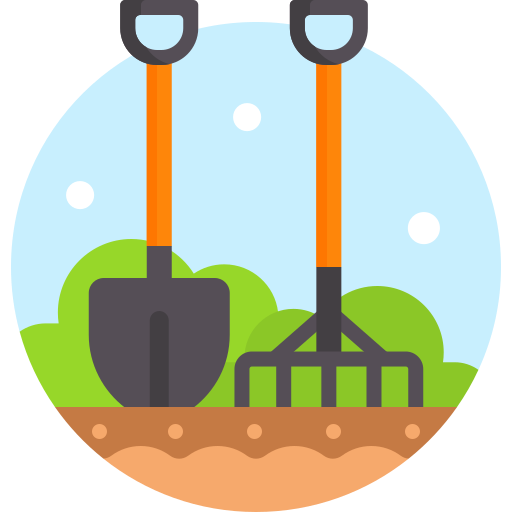
I’ve just put together a 4x8 raised bed in central South Carolina, USA. It’s about 12 in deep. I filled it first with branches and larger limbs, then a layer of dead leaves, and finally a mixture of compost, manure, topsoil, and garden soil. I’m planning to start planting this next weekend. I’m trying to put together a plan for what to plant. The picture above shows kind of a first shot at putting it all together on the veg plotter tool.
I’ve got marigolds on the corners with tomatoes in the back, alternating with lettuce, cucumbers on either side. I’m thinking I’ll have some carrots interspersed with some dill, garlic and basil. The rest is rounded out with yellow squash and zucchini.
So I know this is probably way too crowded, but these are all plants I’d be interested in potentially cultivating. The tomatoes and cucumbers are definites, and the herbs and marigolds are meant to be companion plants to keep away pests and attract pollinating insects.
Please tear this ridiculous amateurish diagram apart, and let me know what I should do instead 😅


We have 4x8 foot beds too.
I would broadly group plants into four categories:
There is a little opportunity for hybridization by putting something that sprawls in a bed with something that climbs where the climbing structure is on one of the sides of the bed. If you want to try a busy bed, I would avoid things that sprawl.
Do I need to add depth before going any further? I’ve only got 12 inches at most currently.
12” deep should be plenty for most veggies. But it’s not gonna be all available this year, the sticks have to break down first. So for a year or two, only use the amount of soil you put in. If it’s 6”, tomatoes and root veggies aren’t going to thrive.
If you got a dense plot, you want it deep. The roots all need their own place. So if you stuff it full, it’s gotta be able to go down instead.
What’s my best bet with this current soul depth?
I wouldn’t worry too much about soil depth. As long as you have the nutrients and water you’ll largely be ok, although some of your carrots might be stubby. It’s airflow and sunlight through the canopy that I would be more concerned about.
Our most recent beds are about 14" deep, but our first set were only 6" deep. Things grow well in both, but if you have dense soil root vegetables might not be as long as they otherwise could be. 12" should be plenty.